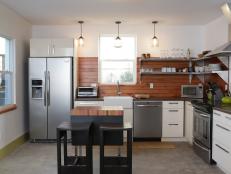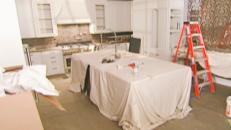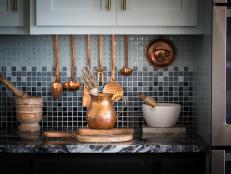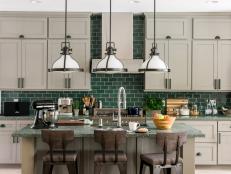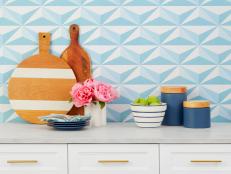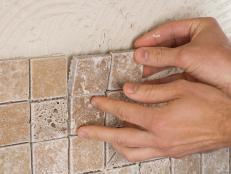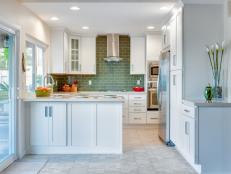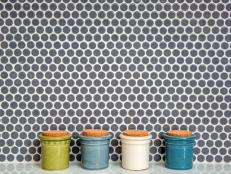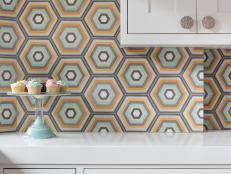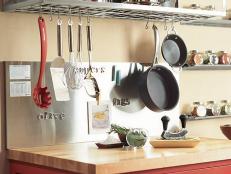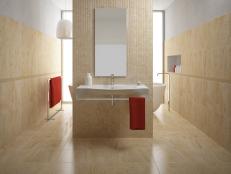Mosaic Backsplashes

John Wollwerth
If you're considering adding a new backsplash to your kitchen or updating an existing one, the many styles of mosaic tile backsplashes offer both diverse and classic options to explore.
40 Splashy Kitchen Backsplashes
See All PhotosMosaic backsplashes are a common feature in kitchens because of the visual interest they can add as well as the relatively low maintenance they require.
Mosaics are generally defined as a collection of glazed glass, stone or tile pieces arranged to depict an artistic scene or pattern design. The first mosaics date to approximately 3000 BC, and mosaics have continued to appear throughout history—all the way to their modern use in kitchens, bathrooms and contemporary art and architecture. The tile pieces that are used to form mosaics are now available in an almost infinite array of styles, colors, and materials—and determining which style and material is right for your home will be one of your first tasks as you plan your mosaic backsplash.
You'll have plenty of options to choose from in terms of materials for your backsplash. Because of their popularity, mosaic tiles are available in just about every conceivable format—from glass and stone to wood, plastic and ceramic. Your budget may help define the type you eventually decide on—stone, glass and higher-end ceramic mosaic tiles are more expensive, while plastic and most wood tiles will cost considerably less. In terms of colors and patterns, your choices will be just about infinite, from simple, staggered black-and-white designs to multi-colored and intricately patterned styles, or arrangements depicting pastoral or classic art scenes. Shapes vary as well, from traditional round or square styles to hexagons, triangles and other geometric shapes.
Once you've decided on the material you'll use for your mosaic tile backsplash as well as the style, color and shapes you're most drawn to, it's time to source the tile material. You'll find no shortage of options at your local home improvement retailer, at a tile specialty store, or online. When you find the perfect tile for your home, simply measure the surface area you're planning to cover on the wall space in your kitchen to determine how much tile you'll need.
Finally, when you've determined the look, feel and scope of your mosaic masterpiece, and you've got the materials on hand, it's time to install the backsplash. Many homeowners report that mosaic tile is easier to install than other backsplash options, chiefly because it is generally configured in large sheets of tile that can then be stuck to a wire-mesh or other adhesive background, which in turn attaches to the wall. This can reduce the need for time-consuming and complex tile cutting, which helps explain mosaic tile's appeal among DIY enthusiasts. If you don't list yourself among the home improvement crowd, however, you may want to investigate hiring a pro to install your mosaic tile backsplash—you'll spend more, but you'll save on time, sweat and potential frustration.








